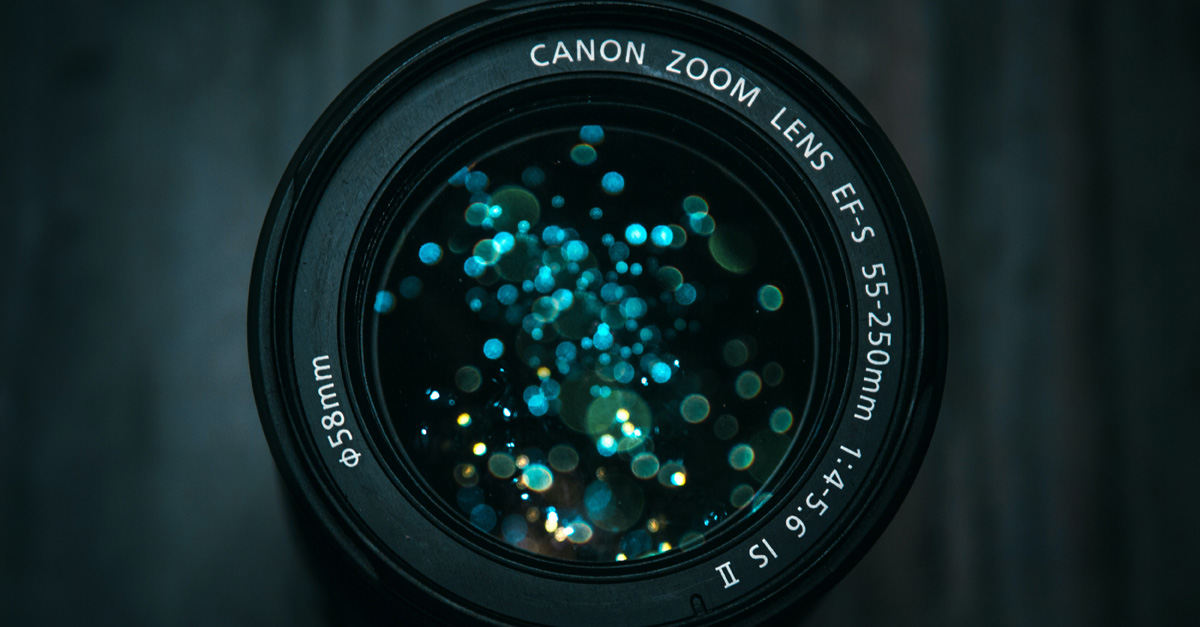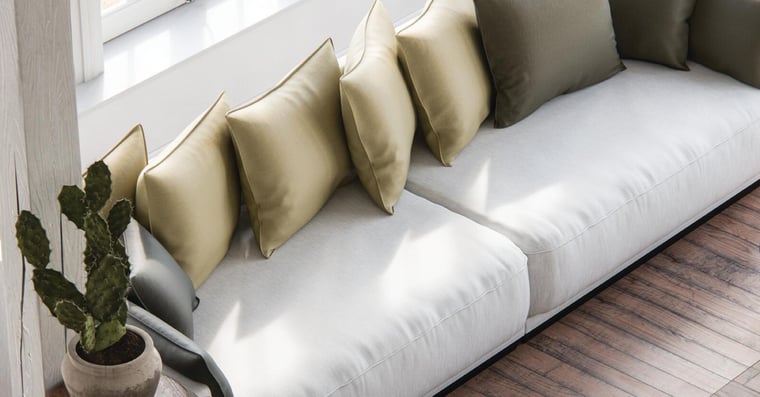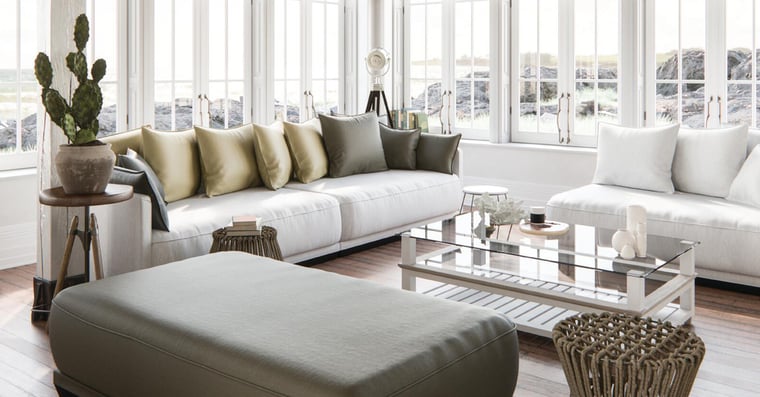
The future of fabrics marketing with 3D renders
Published by Admin on
Feb 9, 2021 11:00:21 AM
The human brain processes visual stimuli much faster than text. If a picture is worth a thousand words or more, is a photograph or 3D render the best investment for marketing?
Marketing - it’s how you tell a market of prospective customers that you’ve got something of value for sale. It’s vital communication that drives sales, engages consumers and builds the reputation of a business to ensure it’s ongoing success.
Despite the growth of AI and digital marketing, products still need to be showcased to customers. The social media platform Instagram is a prime example of how customers want to see products using modern technology. Fabrics, like many other products, still rely on product images to entice sales and the quality of that image plays a valuable role in elevating marketing efforts. So, how does one choose between traditional product photography and the new kid on the block, 3D renders?
A quick comparison
The basic processes for photography and 3D rendering differs greatly.
First, a photography setup can be simple or quite complicated depending on the client’s needs. Photography generally requires a lot of equipment including the camera body with different lenses, flash, tripod, lighting equipment and diffusers plus computers, cables and hard drives. For each shoot, the backdrop or objects within a frame may change and the images have to be created either on location or in a studio. When you start adding up the costs or value of these elements, photography can be quite costly. The advantage of photography, however, is the authenticity conveyed in an image. Some people may be more inclined to trust a photograph instead of a digitally-created image.
On the other hand, a rendering setup is fairly minimalist. All that’s needed is a powerful computer with advanced 3D rendering software and a design specialist to operate it. It may not be necessary to provide any physical products except for sketches or notes, and the designer can follow any specification delivered. With far less equipment and time required, digital design is a more cost-effective option.
Reasons to Render
Marketing fabrics means potential clients should have a great sense of the drape, texture and true colours in one image. This can be challenging with traditional photography and 3D renders offer amazing advantages for marketing.
1. Efficient marketing production
With a digital process, far less time is spent booking a studio and photographer, carting materials to and from the photoshoot and waiting for images to go through the post-production or retouching process. The turnaround time is much faster, so you can produce marketing materials at a quicker rate. Additionally, there’s a cost saving from less physical equipment, time and locations required for a product photoshoot compared to the simple setup for 3D rendering.
2. Get the lighting right
Lighting is critical to successful product photography. When it comes to fabrics, a small change in the lighting could diminish the pattern or texture within the fabric and it could look vastly different in person compared to the 2D image. Renders allow custom lighting conditions to be created that offer the opportunity to show the product in the best light possible, literally.
3. Greater re-useablity
When a photoshoot is done, that’s it. You’ve got the images created from that shoot and there’s only so much you can do to alter them. One of the greatest advantages of renders is being able to re-use the images and being able to alter anything within the rendered image. If new colourways are introduced, you can use the same marketing images and change the colours in the render at fraction of the cost of a new photoshoot. Want to change the lighting or size of the window in a drapery product image? You can do that! Feel like changing up the furniture in a room scene for a new style trend? Easily done!
4. Unparalleled flexibility
Utilising 3D renders for product marketing means you have a blank slate for a vision to be created, changed, and reshaped as needed. Complete customisation is possible in terms of colour, angles, dimensions and perspectives. Any time the marketing assets need to pivot to meet a new goal or form part of a new campaign, the renders can be revised at minimal cost to fit the creative direction. The only limit is your imagination.
Endless possibilities
The benefits of 3D renders for product imagery aren’t limited to fabrics. Products that utilise fabrics such as furniture design and manufacturing, interior design, drapery and architecture can all enjoy the advantages technology offers in creating photorealistic renders that are evocative and inspiring. Marketing is constantly evolving - explore the endless possibilities of renders for your business and stay on the leading edge of innovation.